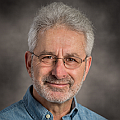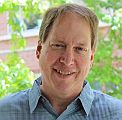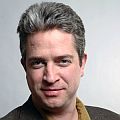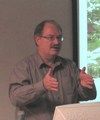DESIGN WITH NATURE: “We must do a better job of protecting streams. We are talking about a change in attitude so that communities would view natural systems and water differently. We can turn the situation around,” stated Richard Boase, career environmental champion within local government in the Metro Vancouver region
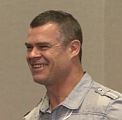
“We knew more than 20 years ago what we needed to do when designing residential communities, but local governments generally failed to act. Turning the situation around is SIMPLE when you understand hydrology. And when you understand the kinds of changes needed in development practices, and the differences they would make, property to neighhourhood to watershed. We are saying there is a way of designing communities and making decisions differently so that you can be restorative in nature within the urban development context,” stated Richard Boase.


